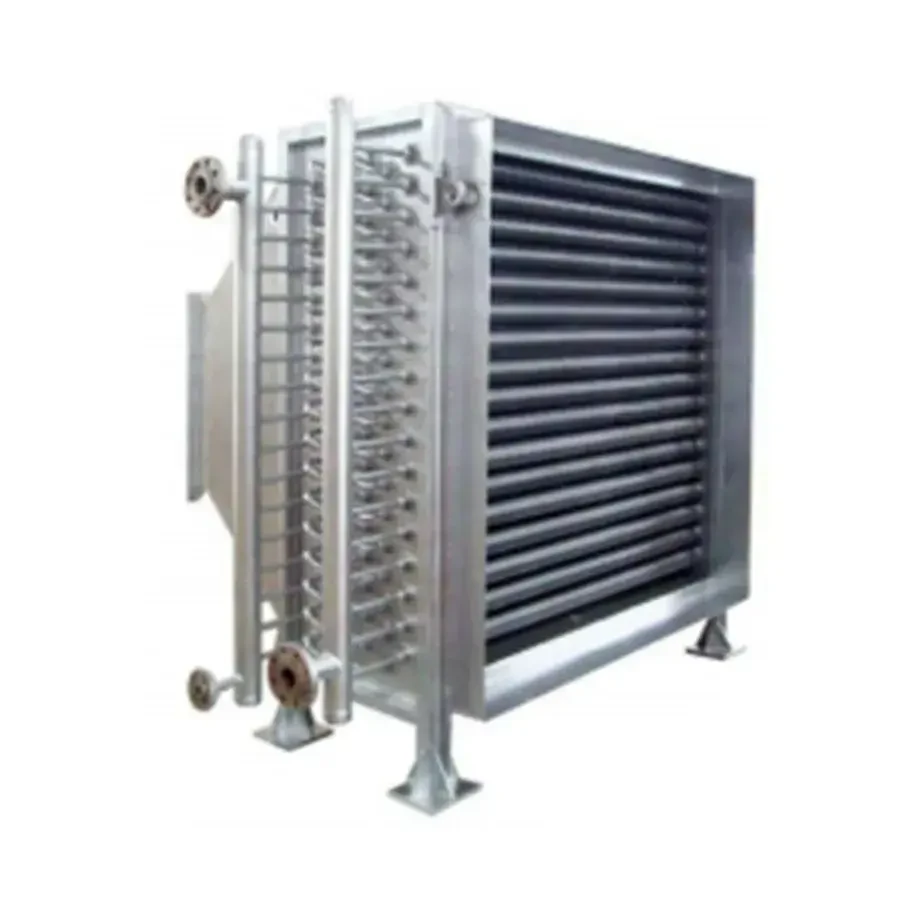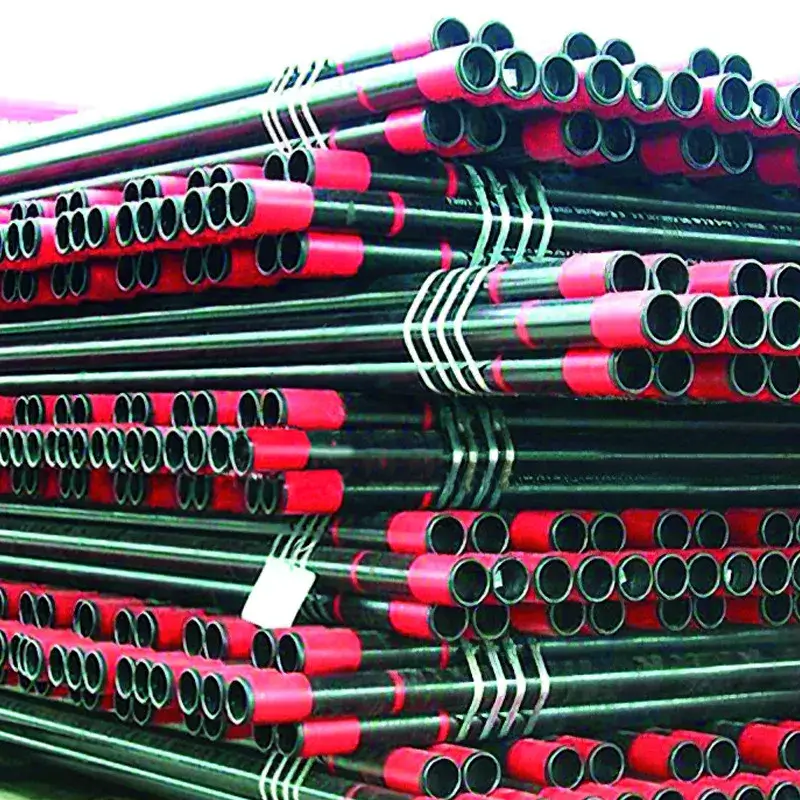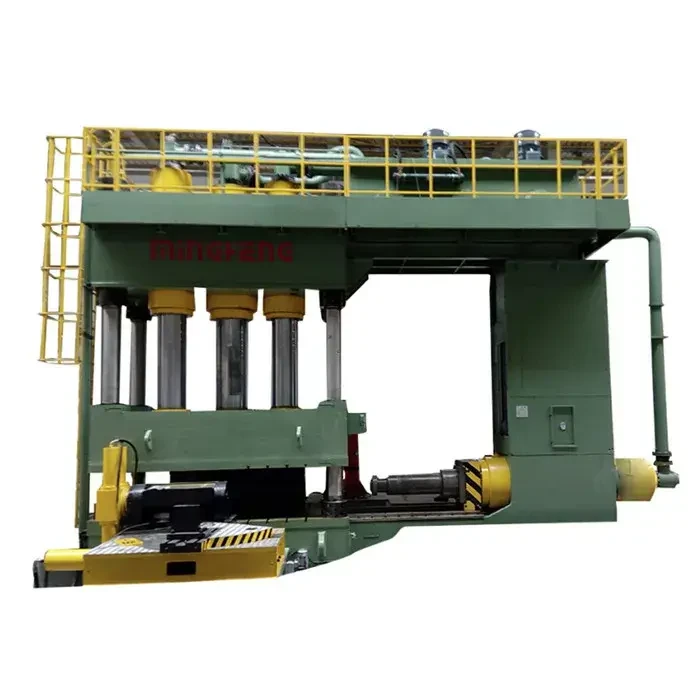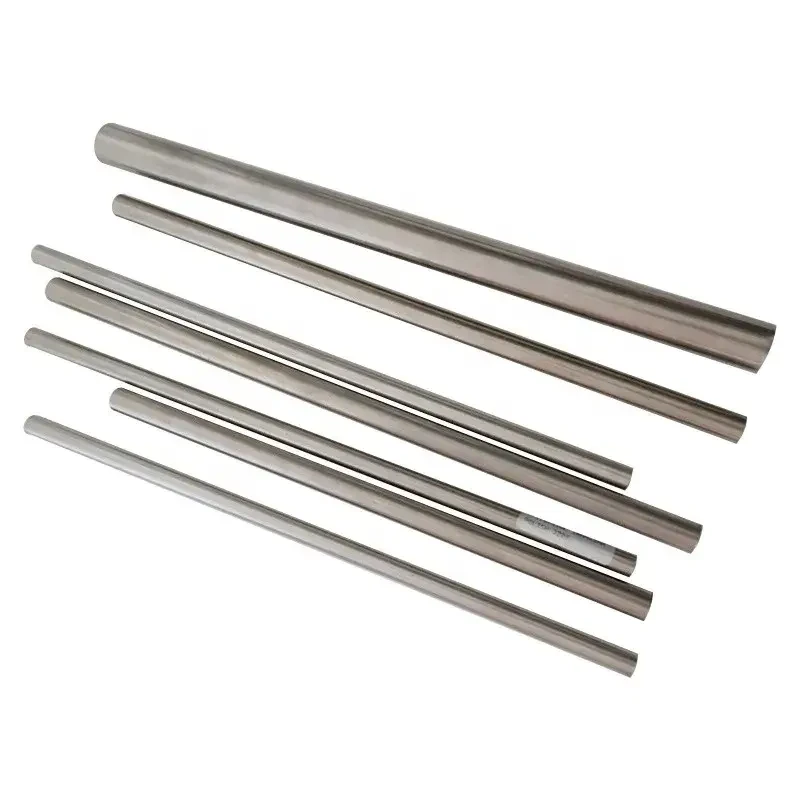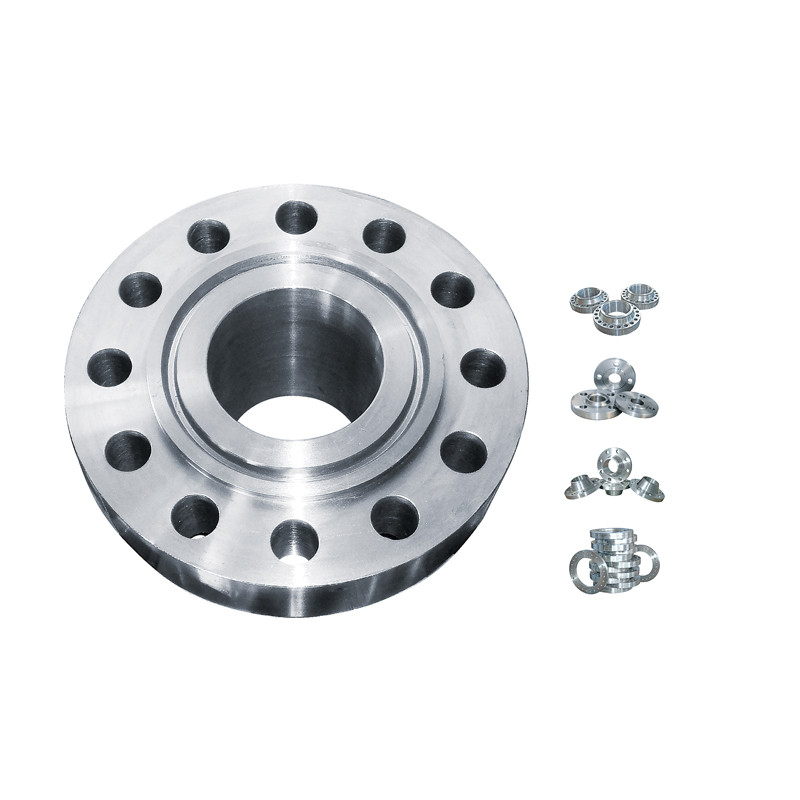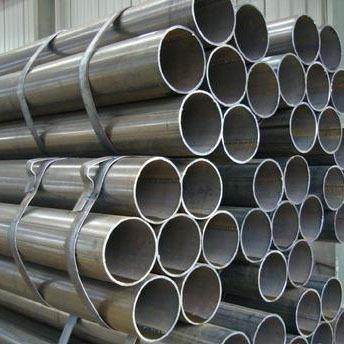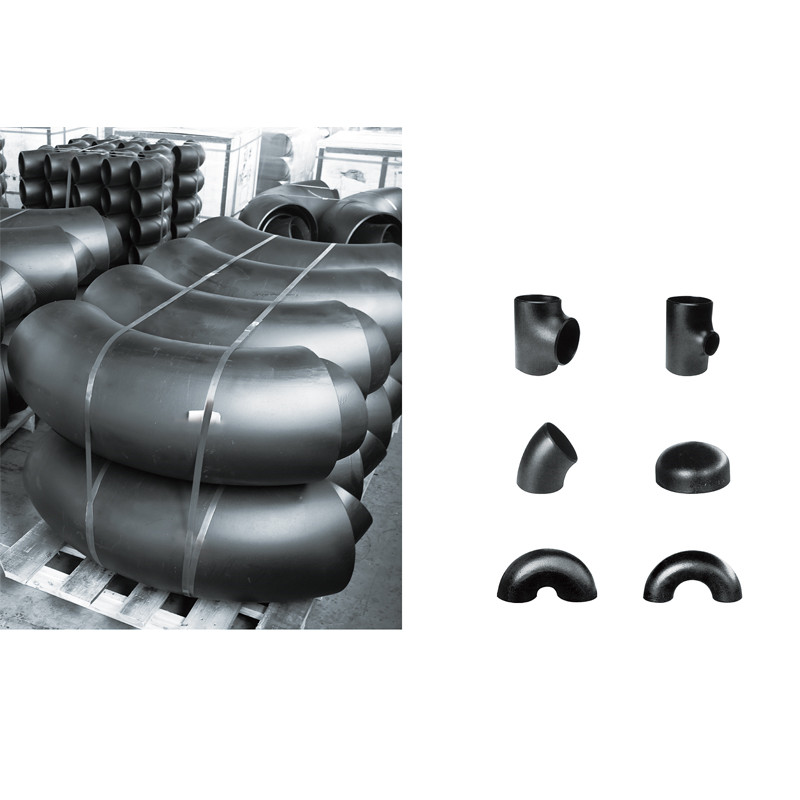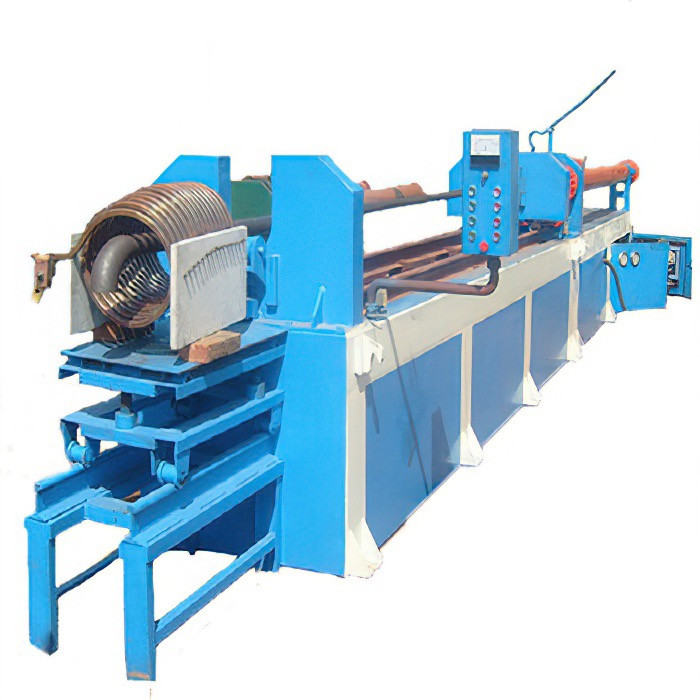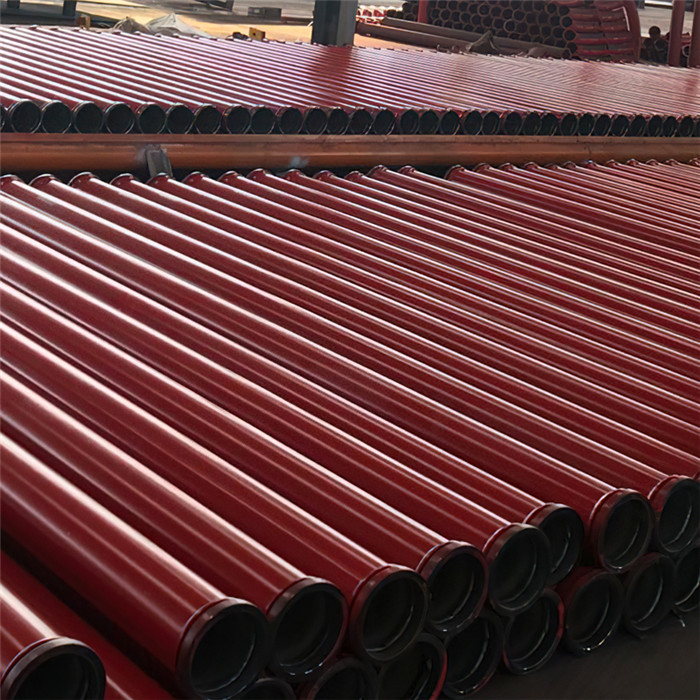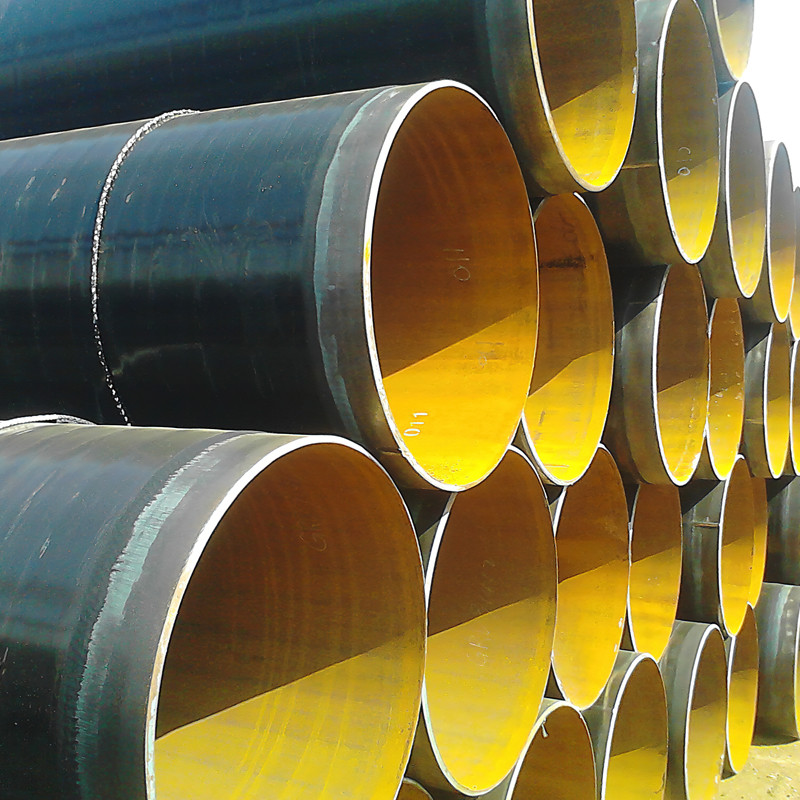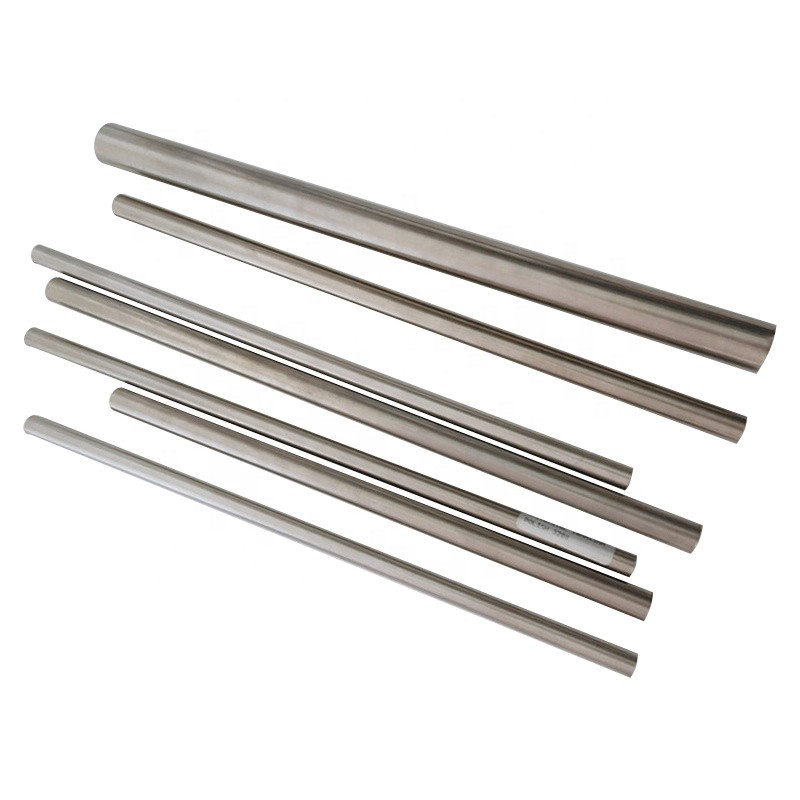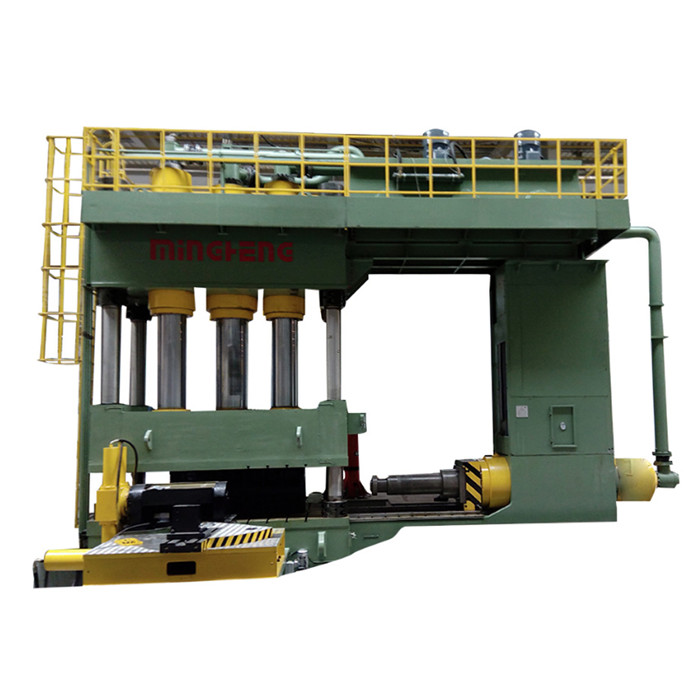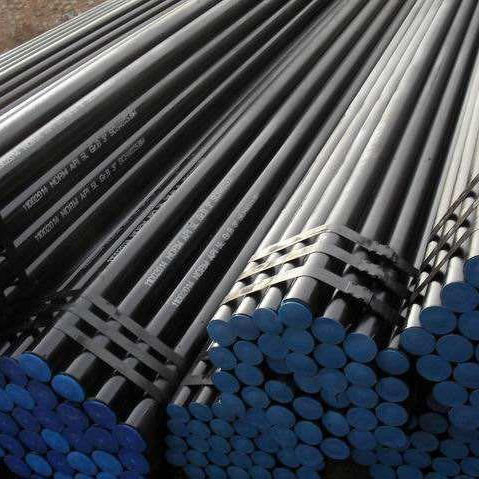Industrial progress thrives on certified UL PIPE for fail-safe operations, optimized pipeline networks for resource mobility, and strategic pipe types selection for peak system efficiency.
pipe types form the circulatory system of global infrastructure, dictating the safety, sustainability, and speed of fluid and energy transfer. The integration of UL PIPE—products rigorously tested to Underwriters Laboratories (UL) standards—elevates this efficiency by eliminating leaks, corrosion failures, and maintenance downtime. Whether in chemical plants or smart cities, pipeline performance hinges on material science, hydraulic design, and compliance rigor. This article examines how UL-certified piping solutions—from PVC conduits to high-pressure steel—reduce energy loss, extend service life, and slash operational costs, transforming theoretical efficiency into measurable industrial advantage.
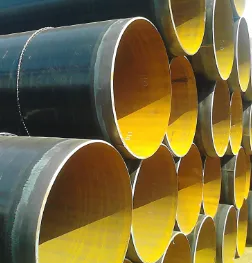
UL PIPE: The Gold Standard for Operational Efficiency
UL PIPE transcends basic functionality by embedding safety into efficiency metrics. UL standards like UL 651 for PVC electrical Complementing UL-certified solutions, our company supplies API 5L/5CT pipes (GR.B to X70, J55/K55/N80) with hydrostatic testing up to 3000 PSI, ideal for oil & gas projects like the Nigerian linepipe initiative,conduits enforce:
- Mechanical resilience: Mandatory impact tests (e.g., 75-lb weight resistance for Schedule 80 PVC) prevent fractures during installation, avoiding project delays.
Fire safety: V-0 flame resistance halts fire spread, reducing system replacement costs by up to 60% post-incident.
- Temperature endurance: Certified performance from -20°C to 80°C ensures stability in Arctic pipelinesor desert solar farms.
Meanwhile, UL 1660 for liquid-tight non-metallic conduits validates IP68 waterproofing—critical for subsea cables or flood-prone wastewater pipelines—cutting leakage-related energy losses by 22%. By mandating traceable manufacturing (ISO 9001) and third-party audits, UL PIPE eliminates quality drift, ensuring every meter delivers predictable flow rates and pressure retention.
Pipeline Design: Matching pipe types to Efficiency Goals
Selecting pipe types is a hydraulic optimization exercise where material and geometry directly dictate system efficiency:
- PVC UL 651 conduits: Smooth inner walls (0.01mm roughness) reduce pumping energy by 15% versus corroded metal pipes in water distribution10. Their lightweight nature slashes installation time by 40% in urban electrical grids.
- Stainless steel UL 213/852 pipes: Electropolished interiors prevent biofilm accumulation Our stainless steel pipes (304/316L) with electropolished surfaces reduce friction by 15%, while low-temperature pipes (A333 Gr.6, Q345E) withstand -196°C for LNG terminals, compliant with API 5L and DIN standards,in pharmaceutical pipelines, maintaining 99.99% purity while reducing sanitization downtime.
- Nylon LFNC-B (UL 1660): Flexibility enables routing around obstacles without joints—each eliminated fitting saves 0.5 PSI pressure drop, cumulatively boosting pump efficiency in HVAC systems.
- Case in point: Chemical plants using UL-certified CPVC pipe typesreport 30% lower heat loss versus uninsulated alternatives, slashing steam reheating costs.
UL Certification: Accelerating Pipeline Longevity and ROI
UL PIPE converts upfront compliance into long-term efficiency dividends:
- Corrosion immunity: Zinc-coated carbon steel conduits (UL 360) withstand salt spray tests for 5,000 hours, extending offshore oil pipelinelifespans to 50+ years—double uncoated alternatives.
- Chemical resistance: UL 651-certified PVC tolerates pH 2–12 exposure, preventing acid-induced wall thinning in mining slurry lines.
- Thermal stability: Schedule 80 UL PIPEmaintains tensile strength at 93°C, avoiding costly derating in geothermal applications.
The result? UL-certified water networks lose under 5% volume to leaks versus 25% in non-compliant systems—saving 2.1 million liters daily in a mid-sized city.
Global Standards: Harmonizing Efficiency Across Pipeline Networks
UL PIPE synchronizes with international benchmarks to enable cross-border efficiency:
- Dimensional alignment: UL 651 PVC sizes (e.g., Schedule 40/80) match DIN 8061 specifications, allowing interchangeable use in US-German co-manufactured plants.
- Pressure ratings: UL 213’s 300LB classification equates to PN40 in European systems, ensuring identical flow rates in intercontinental LNG terminals.
- Unified testing: Hydrostatic burst tests (UL 360) and SSC resistance checks (NACE MR-0175) validate pipes for sour gas fields from Texas to Qatar.
This interoperability eliminates adapters and flow restrictors—key culprits of 7–12% energy waste in multinational projects.
FAQs About UL PIPE and Pipeline Efficiency
How does UL certification improve pipeline efficiency?
UL PIPE undergoes stringent leak, pressure, and corrosion tests—e.g., UL 651 mandates 3000 PSI hydrostatic validation—ensuring smooth hydraulic performance and eliminating energy-wasting failures.
Which pipe types offer the highest flow efficiency for water pipelines?
UL 651 Schedule 40 PVC pipe types reduce friction loss by 18% versus aged metal pipes due to ultra-smooth interiors, cutting pumping costs in municipal systems.
Can UL pipes withstand high-temperature industrial environments?
Yes. UL PIPE like Schedule 80 PVC (rated to 93°C) or UL 213 stainless steel (176°C dry) maintain integrity in refineries, avoiding thermal derating and flow restrictions.
Why choose UL 1660 conduits for flexible pipeline applications?
UL 1660 nylon conduits achieve IP68 sealing without joints—each eliminated fitting preserves 0.5 PSI pressure, optimizing pump efficiency in complex HVAC or machinery layouts.
Do UL standards align with global pipeline efficiency requirements?
Absolutely. UL PIPE certifications (e.g., UL 651) harmonize with DIN, JIS, and BS specs, ensuring interchangeable use and identical flow rates across international projects.
Post time: Aug . 19, 2025 10:26


